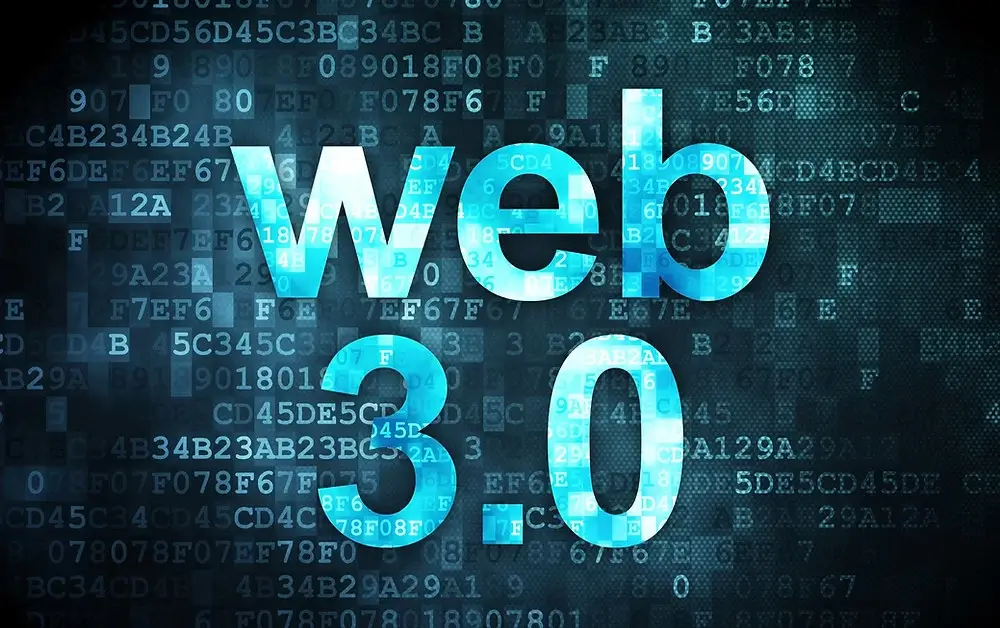
Ethereum remains popular among developers, even if its competitors have started to gain ground over the last years. The number of monthly active developers hit a record high at the beginning of 2024, and Ethereum retains most of them.
Even if several other crypto ecosystems are available in the sector, Ethereum still has the largest number of developers compared to its rival networks. Some cryptocurrencies such as Binance Smart Chain, Solana, and Polkadot are catching up and growing faster than other ecosystems in terms of development activity.
However, research shows that around 4000 active open-source developers work on the Ethereum network every month (and only 680 on Bitcoin). Across all chains, there are over 18,000 active developers, but Ethereum, Polkadot, Cosmos, Solana, and Bitcoin are the most popular ecosystems, attracting the greatest number of developers. Polkadot has around 1,500 developers, and Solana and Cosmos have around 1,000 each.
The ecosystem with the most outstanding values attracts the largest number of developers. Even if the metrics vary from year to year, Ethereum remains the network with 4x times more developers than the next. Due to its popularity, the number of Ethereum development projects continuously surges.
Why do developers prefer Ethereum?

Ethereum guarantees a high level of decentralized security
The blockchain’s decentralized security attracts developers because it guarantees that cybercriminals cannot track their activity or access their records. Its digital signature, consensus algorithms, decentralization, and cryptographic hash features define it as a cost-prohibitive environment for hackers looking to breach the blockchain ecosystem.
Ethereum meets all requirements to be a secure network for developers because it requires its users to sign their transactions digitally. All P2P network computers store the entire data and have equal authority, and it’s impossible to shut down the ecosystem by turning off a couple of computers.
Ethereum’s decentralization, Proof of Work consensus algorithm, and cryptographic hash functions make it cyber-attack proof. For a hacker to breach the Ethereum ecosystem, they would need a huge amount of computing power, which is infeasible and exorbitantly expensive. Therefore, due to its high level of decentralized security, developers find Ethereum the ideal system for their blockchain applications.
Ethereum Virtual Machine enables developers to create DApps, cryptographic tokens, and smart contracts
Several cryptocurrencies allow users to transfer virtual currencies to other users, so Ethereum isn’t special from this point of view. But it offers the Ethereum Virtual Machine that works as a runtime environment where developers can create and run apps.
The platform also enables the creation of smart contracts, which are open-source pieces of code that start from If-Then-Else statements. Smart contracts require a set of predefined conditions to allow the transfer of cryptographic assets.
Because they’re stored on the Ethereum blockchain and have an autonomous character, they’re immutable, and the blockchain stores their execution results; therefore, all processes are irreversible. Developers code smart contracts to create cryptographic coins (standard or Non-Fungible Tokens).
The Ethereum development platform also facilitates the development of DApps, which are web apps, but their back-ends are Ethereum smart contracts.
The Ethereum network is rich in resources and development tools

Developers prefer Ethereum to other ecosystems because it’s more mature and offers a complex set of resources and tools. The most popular ones among developers are:
- Ropsten – a test network for testing smart contracts
- Web3.js – A JavaScript API
- Solidity – a programming language for smart contract creation
- Truffle Suite – a series of development tools that enables the completion of several tasks in the deployment and testing of smart contracts
- MetaMask – crypto wallet that facilitates ETH blockchain development
- Remix IDE – IDE used to develop smart contracts
- Vyper – a programming language for smart contract creation.
Companies can develop Ethereum blockchain networks
Because the Ethereum network is a public blockchain, everyone can access it. Its popularity directly impacts its price, as one can easily notice if they search the Ethereum price USD. Ethereum remains one of the most expensive cryptocurrencies to buy, and both companies and individuals define it as a great asset to add to their investment portfolios. The companies that cannot use a public blockchain and must comply with data privacy regulations use a modified version of Ethereum.
Organizations often find it challenging to hire blockchain developers because the technology is in its early days. But considering the high number of developers working in the Ethereum ecosystem, many have acquired skills in the sector. This encourages them to choose Ethereum as a development platform to work with skilled specialists to improve their scalability and performance.
What blockchain programming languages do web3 developers use?

Identifying the ideal language to learn can make developers feel stressed and overwhelmed if they want to deploy their work on the Ethereum blockchain. They are taught they need to learn several popular languages, such as C++, Python, JavaScript, Truffle, Rust, or Golang. Still, now that they have to transition from Web 2.0 to Web3, they feel quite confused because they don’t know which one of these languages they should focus on.
Solidity and Javascript are the languages speaking Ethereum
Even if JS and Solidity share some similarities (they’re object-oriented languages), their functionalities are different. Developers can use JS to create dApps in Web3 development as it can bring the web to life through impressive functionality and top-notch dynamic user experiences. However, they need to know how to use the Web3.js library that enables them to interact with Ethereum modes and implement plug-and-play tools that make dApps compatible with the network’s requirements.
The Web3 developers familiar with other languages can easily learn Solidity, the main smart contracts language required in the Ethereum ecosystem. However, because it’s a young language, it makes it more difficult for developers to identify issues, so they have to put in more work. But it’s crucial to know it as it’s the gold standard smart contracts language in the Ethereum network. And with the Merge on the horizon, there are a lot of upsides to learning both JS and Solidity and pairing them with other languages to create dApps in the Ethereum ecosystem.








